- the article provides an overview of a denoising solution for raytraced global illumination based on the findings of Metro: Exodus
- presents how to improve temporal accumulation through blue noise and geometry aware blurs
- it additionally sounds how the ambient occlusion term can be used for further improvement
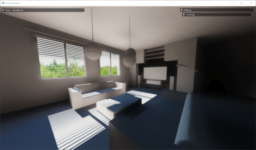
- the article discusses a method for a simple non-PBR method to implement underwater caustics
- implementation uses a projection volume for multiple tiling textures
- code examples are provided using Unity

- the article presents a walkthrough of the implementation of a complete skybox model, including time of day, moon, sun, and stars
- it additionally shows how to integrate support for lunar and solar eclipses
- the implementation of the sky colors is implemented as a function of the sun position to sample multiple gradients
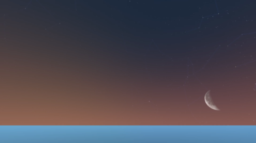
- the article describes a large number of changes and improvements made to the AMD and Vulkan Memory allocator
- the changes include new allocation algorithms, improved statics, support for custom pools as well as support for defragmentation
- additionally, the allocator can now be used when sub-allocating from a single large buffers resource

- a collection of slides and videos from AMDs talk at GDC 2020
- covering raytracing, FidelityFX Super Resolution 2.0, game rendering effects as well as CPU optimization advice

- Vulkan loader has been improved with more debugging capabilities and improved documentation
- additionally improved the testing framework to ensure more consistent behavior across layers
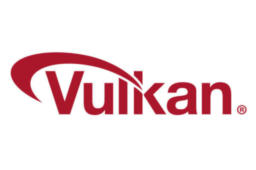
- podcast discussing the development and design of WebGPU
- talks about the restrictions, design goals, and how it fits into the broader graphics ecosystem
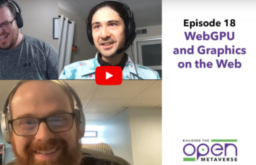
- the page contains links to the presentations (slides and video) to the talks given by Intel at GDC 2022
- covering upscaling, optimizations, VRS, machine learning as well as optimization advice

- the article provides in-depth details about the new Hopper GPU architecture for data center usage
- shows performance numbers, new capabilities, improvements as well as new
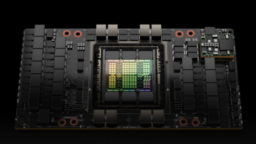
- the video presents an overview of techniques to represent more geometric details without having to use high geometric tessellation levels
- explains the differences between the different techniques, how they are related explaining strengths and weakness
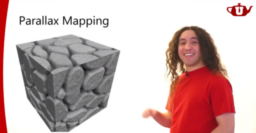
- the blog explains the graphics foundations of Mach, a zig graphics foundation layer
- provides an overview of the unified API abstractions that use WebGPU and WGSL internally

- the paper presents a derivation of a representation for rotation and non-uniform scaling in a compact representation
- HLSL code for the implementation is provided
- contains a performance comparison against quaternions and matrix operations on RDNA2 hardware instruction costs
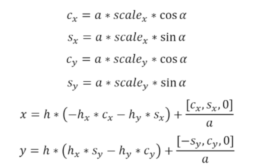
Thanks to Dirk Dörr for support of this series.
Would you like to see your name here too? Become a Patreon of this series.